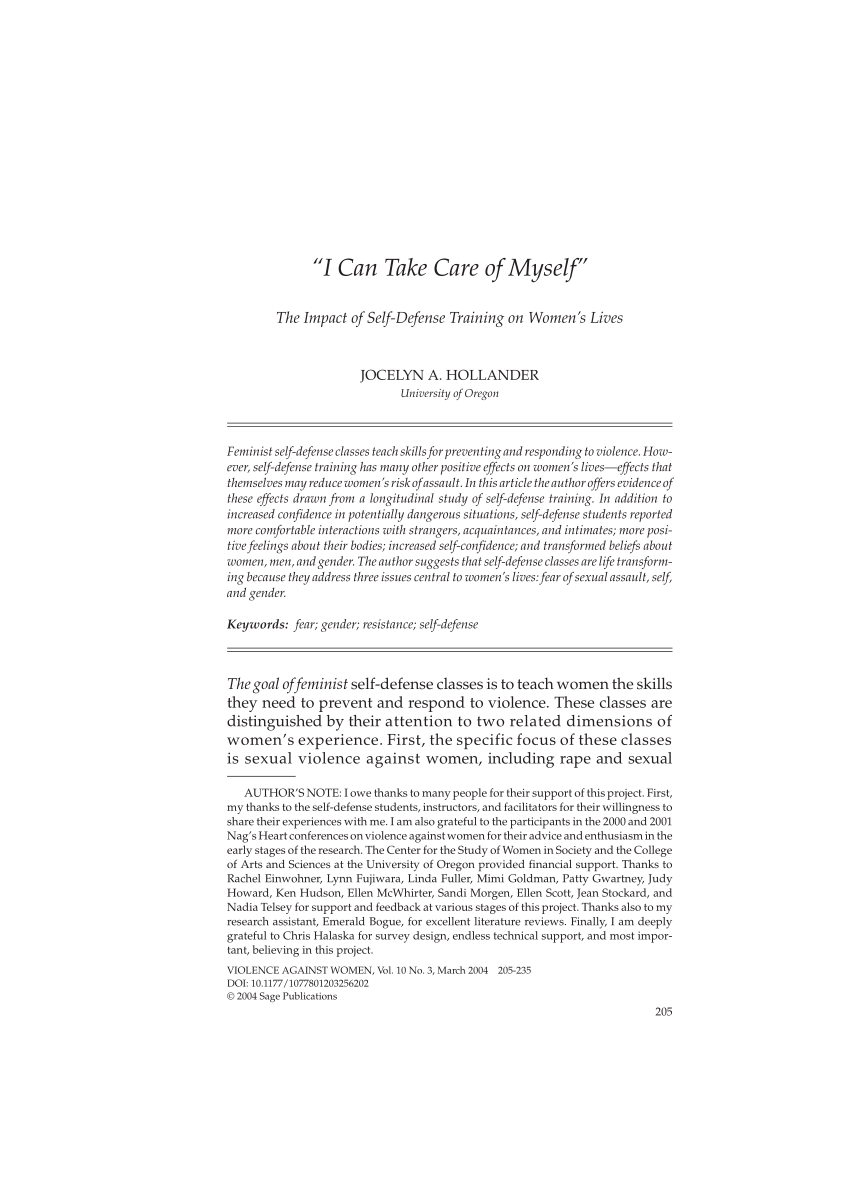
Keep in mind that the choice of self defense technique is never easy. Sometimes, self defense means knocking out the guy and getting home safely. Sometimes, self defense involves defusing a situation in order to return home safely. It's not easy or instinctive for men to diffuse a situation. However, it's a great way to protect your family. Here are some self-defense techniques for men.
Striking with your elbow
Knowing how to strike with your elbow is crucial when you are in danger. The same technique can be used from the ground as well as from a standing position. However, you should feel more confident if there has been training. You can use the elbow to attack someone who is getting aggressive. And while you should avoid grabbing the attacker's arm, you should be able to move your elbow into the opponent's groin area.
Knee strikes
When it comes to self defense, knee strikes are a fantastic option. They can be devastating when used properly. To land a knee strike, you need to jump, switch your feet and move forward in a sudden upward motion. A knee strike can be used to knock your opponent unconscious. The peroneal nervous runs down the backside of your leg, above your knee. You can temporarily disable the nerve by striking it with your knee.
Rear cross punch
The rear cross punch is a self defense technique for men that is widely used in street fights. The speed and mass of the rear cross punch are extremely effective against large attackers. If you are new to self defence, this technique should be avoided. Before you start practicing this technique, you should wait to get more training. You can find a self-defense website online if you're not sure how to do the technique.

Rear snap kick
Rear snap kicks are a popular method of self defense for men. Its low kick action can be used to disarm an attacker with a guard. It is easy and simple to learn. But it is important to remain composed while performing it. It is just a matter of connecting the dots to get your attacker down.
Avoiding a throat strike
Avoiding a throat strike is one of the best self-defense techniques for men to quickly end a fight. Striking an attacker in the throat can cause trauma, disrupt his breathing, and allow you to run away. However, it is not the only way to avoid a fatal throat strike. Here are some advanced techniques to prevent a neck strike.
Everyday objects can be used as weapons
You can use a variety of common objects as weapons for self defense. Using your home appliances, for example, can give you some extra time to escape. These weapons won't pose any threat to your attacker. If you're creative enough, you might be able to find additional items that can be used as self defence weapons. These everyday items can be used to deter aggressors from attacking and make it easy to reach.
Escape an attacker's clutches
Headlocks are the most common form of controlling hold. The attacker will grab the victim's neck using both their arms and pull him towards one side, sometimes from behind. To free yourself from this grip, reach behind your head or across your shoulder with the nearest hand and either gouge or push the attacker's eyes. Next, lift the attacker's left leg up from under his chest using your left hand. This will cause the most pain and change the situation.

FAQ
What is a good seven-day workout routine?
A seven day exercise program should include cardiovascular training (running or biking), strength exercises (using freeweights, weight machines) and one flexibility/core workout. Each activity should be performed at least once each week. The total time for each session should not exceed 45 minutes.
Cardiovascular Exercises: Running, biking, swimming
Your goal is to exercise at least 60 minutes each week. Aim for 75 minutes per week to get the best results. Cardio exercises can help improve blood flow and stimulate muscle growth.
Strength Training
Cardio exercises work on the heart and lungs. Strength training works on the muscles and bones. Strength training can help you burn calories even when you're not working out.
Flexibility & Core Workouts
Flexibility and core workouts are great ways to strengthen your entire body. Both yoga or Pilates are great options.
How many calories should I eat daily?
This will vary from person-to-person. The average is 2000 - 2500 calories per day. The factors that determine how many calories are needed for you include your gender, age, height, activity level, lifestyle, and gender.
Is it true to say that protein overeating can lead to kidney stones?
Protein is essential for healthy bones and tissue. But consuming too much protein can lead to calcium excretion through urine. In turn, this can result in kidney stones.
It is important that you note that not all people develop kidney stones when they consume more than 2 grams of protein per kg (2.2 pounds). People can eat large amounts of protein and not get kidney stones.
Watching your sodium intake can help prevent kidney stones. The kidneys regulate the amount of sodium they consume. High levels of sodium are linked to a greater risk of developing renal stones.
If you have kidney stone, you might also consider reducing your protein intake. For most people, protein provides half their daily caloric requirements. If you cut back on protein, you'll likely lose weight.
If you do decide to eat more protein, don't go overboard. Aim for less than 20% of total calories from protein.
Do Men Need A Gym Membership?
A gym membership is not necessary for men. However, your money will be more valuable if you join a gym.
Many gyms offer free trial memberships that allow you to test the facilities before signing up for any monthly fees.
You can use our gym anytime you like and it's free. Your membership can be cancelled at any time you choose to love it or not.
Which is the best workout for men?
The answer to your question depends on the type of information you seek. Cardio exercises are great for anyone looking to lose weight.
Strength training, on the other hand, is better if you are looking to increase muscle mass.
Both types of exercise are proven to be beneficial if you're looking to improve your overall health.
If you're looking for a quick way to get fit, I recommend HIIT/sprint interval training. This type training will help you quickly lose fat by increasing your metabolism. This type of training also increases your endurance, allowing you to train even when you are tired.
Statistics
- 10 pounds in a month is likely during a lean bulking phase, especially for beginners. (muscleandstrength.com)
- According to the American Academy of Dermatology (AAD), men over 50 are at a heightened risk of developing it. (healthline.com)
- Cardmembers earn 5% Back at Amazon.com with a Prime Credit Card. (amazon.com)
- According to the American Heart Association, blood pressure should be checked at least once every two years, beginning at age 20. (my.clevelandclinic.org)
- An estimated calorie range for moderately active adult males falls between 2,200 to 2,800 calories per day, depending on age. (eatright.org)
External Links
How To
What nutrients does a man need daily?
Healthy growth and development of men requires healthy nutrition. The body needs vitamins, minerals as well as proteins, carbohydrates and fats.
Males also require specific nutrients at certain times of the day. Your body makes hormones, antibodies and enzymes when you are asleep. When you get up, protein is used to repair and build muscle.
Your body burns fat at night and stores it as energy as glycogen. Your body still requires sufficient nutrients and calories even though it needs less calories. You can have a snack at night if you feel hungry.
Working out requires adequate carbohydrate and protein intake. Muscle soreness can occur if you work out hard.
To prevent this, you should eat carbs as well as protein within the first two hours after training. Your body will break down stored glycogen to provide glucose for energy.
Additionally, it is important to eat protein right away after your workouts are over. This prevents muscle tissue being destroyed while you're sleeping.
Lactic acid is produced by the body during periods of intense exercise. Your body can build up lactic acid in the bloodstream which causes fatigue. To avoid this, you should eat foods rich in carbohydrates, such as fruits and vegetables.
Carbohydrates give your body the energy it needs to recover from strenuous exercise.
You may also want to include lean meats and fish, as well as yogurt, cheese, yogurt, beans and nuts in your diet.
All of these foods contain high-quality protein. Protein helps to repair and grow muscles. Protein is also necessary for the production of sex hormones such as testosterone.
For healthy skin, hair and joints, it is important to eat enough fats. Healthy men require between 20% and 35% of total caloric intake from fat.
Fat can help keep your heart healthy and protect you from cancer. It keeps your brain healthy and functioning well.
You can get the majority of the fats that you need from vegetable oils such as soybean oil.
These oils have high amounts of monounsaturated oil fatty acids, (MUFAs). MUFAs reduce cholesterol and inflammation. They protect cells against damage from free radicals.
Saturated Fats (SFAs), which are mostly found in animal products like meat, butter, and dairy products, include LDL ("bad") cholesterol. SFAs are known to raise LDL ("bad") cholesterol and raise triglycerides. They promote weight gain as well as belly fat.
Polyunsaturated oil (PUFAs), which are plant-based, can be found in vegetable oils, nuts seeds, grains, and other plant-based products. PUFAs help improve cardiovascular function, and lower inflammation. They are also good for controlling blood sugar and cholesterol.
Men with low HDL ("good") cholesterol often suffer from erectile dysfunction. Saturated fats are a major source of bad cholesterol. This lowers good cholesterol.
Men who eat large quantities of red meats or pork may develop prostate problems. Nitrites convert to nitrosamines when cooked at high temperatures. These compounds cause cancer.
Many processed meats are high in nitrites, and other dangerous chemicals. You should avoid them.
According to the American Heart Association, you should limit your consumption of red meat to no more that 2 meals per week. Instead, choose poultry, fish, legumes, tofu, whole grain bread, and cereals.